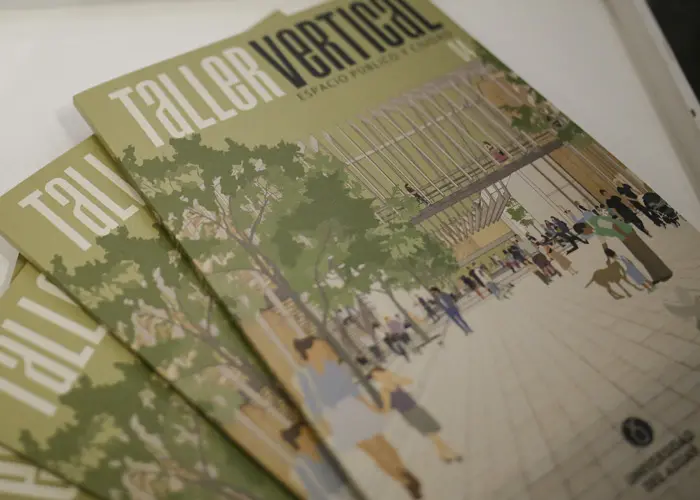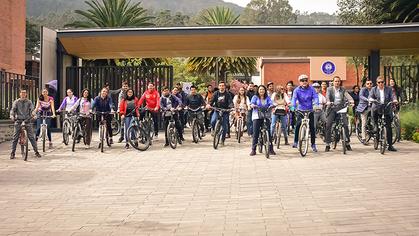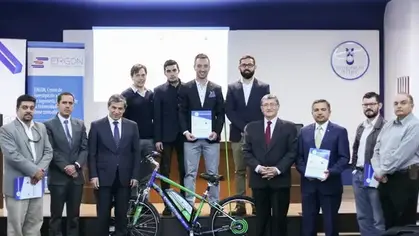Fourth edition of the Vertical Workshop

Among the many definitions of what public space is, Jordi Borja (2012) gives us perhaps the clearest and most precise: "The city is first of all the public space, the public space is the city" (p.1). It is in him where citizenship is not only exercised, in its rights and obligations, or as Rodrigo Salcedo Hansen (2002) says, where there is social resistance to power; but also where society itself is staged, in all its facets, since in addition to being the place of the symbolic and the collective, it is also the space of confrontation with phenomena such as migration and their respective assimilation or rejection.
It is worth mentioning that, although it is true that in the last decades the idea of public space has become trending topic In the speeches about the city, it is no less true that there is a growing crisis over the situation of public space, which is reflected in its degradation and abandonment, as well as in its subjection and service, among others, to the private vehicle and real estate speculation ; which in turn contributes to its progressive exclusionary character.
On the other hand, there is also a crisis of public space to the extent that both architects, planners, public officials and even part of society, does not recognize or deny certain spaces and / or activities as part of the collective space, which makes baste a rich and articulating urban fabric.
We already know that more than half of the world population lives in cities (64% in 2018 in Ecuador according to the World Bank), and we know that in this sense the projections are upwards (75% for the 2050 according to the UN).
Added to this, the violent revelation of the Anthropocene as the current era that exposes the committed existence of the human being due to its unbalanced relation with the planet, forces to review the public space in search of bad practices that must be corrected.
As well as looking for space opportunities to rescue, protect and reinforce collective activities; but above all, it forces us to question the public space in order to rethink it as a potential scenario for new forms of relationship and appropriation that correspond to the current socio-spatial problem of cities without denying their potential ecological contribution.
It is important not to forget that the construction of public space is a process, and is directly related to its inhabitants, as well as to the activities that take place in it and its surroundings. Thus, the physical restitution of the collective space should be accompanied by public policies that support and encourage the citizens' initiative.
Also, history has shown us that public space is a great laboratory that allows us to experience ourselves as a society and its design should not neutralize or minimize the diversity and contradictions that characterize us. In the end, the street is ours, the street is light, it is color, it is the hustle and the solitude.
The street smells, feels, touches. We feel the street and we soak up its individuality, its people, its great buildings, its suburbs, its damp walls, its rough tiles, and its reflections. Take the street.
In this fourth edition of the Vertical Workshop, our guests from Colombia and Spain were able to share their perspectives and experiences on the subject of public space and, together with national and local guests, they developed these reflections in the different workshops with students from all over the country.
The workshops focused on three main areas of the city, representative of current problems: the historic center, the consolidated city and the peripheral neighborhoods.
Three questions emerged:
- How can spaces be generated that enhance the built heritage and at the same time promote new social dynamics in places that are now untapped?
- How can one think of public space as a strategy for the protection of natural areas and for linking the disadvantaged population to a more sustainable and inclusive city?
- How can the presence of collective transport systems be used to use them as an instrument for dignifying and strengthening public spaces, while promoting social cohesion and strengthening more sustainable mobility?
Being aware that public space is a collective construction that goes beyond the physical aspect, Vertical Workshop IV nevertheless raises a necessary and urgent reflection through the development of urban-architectural proposals that are presented as opportunities to start a reconquest of spaces Collectives of the city.



